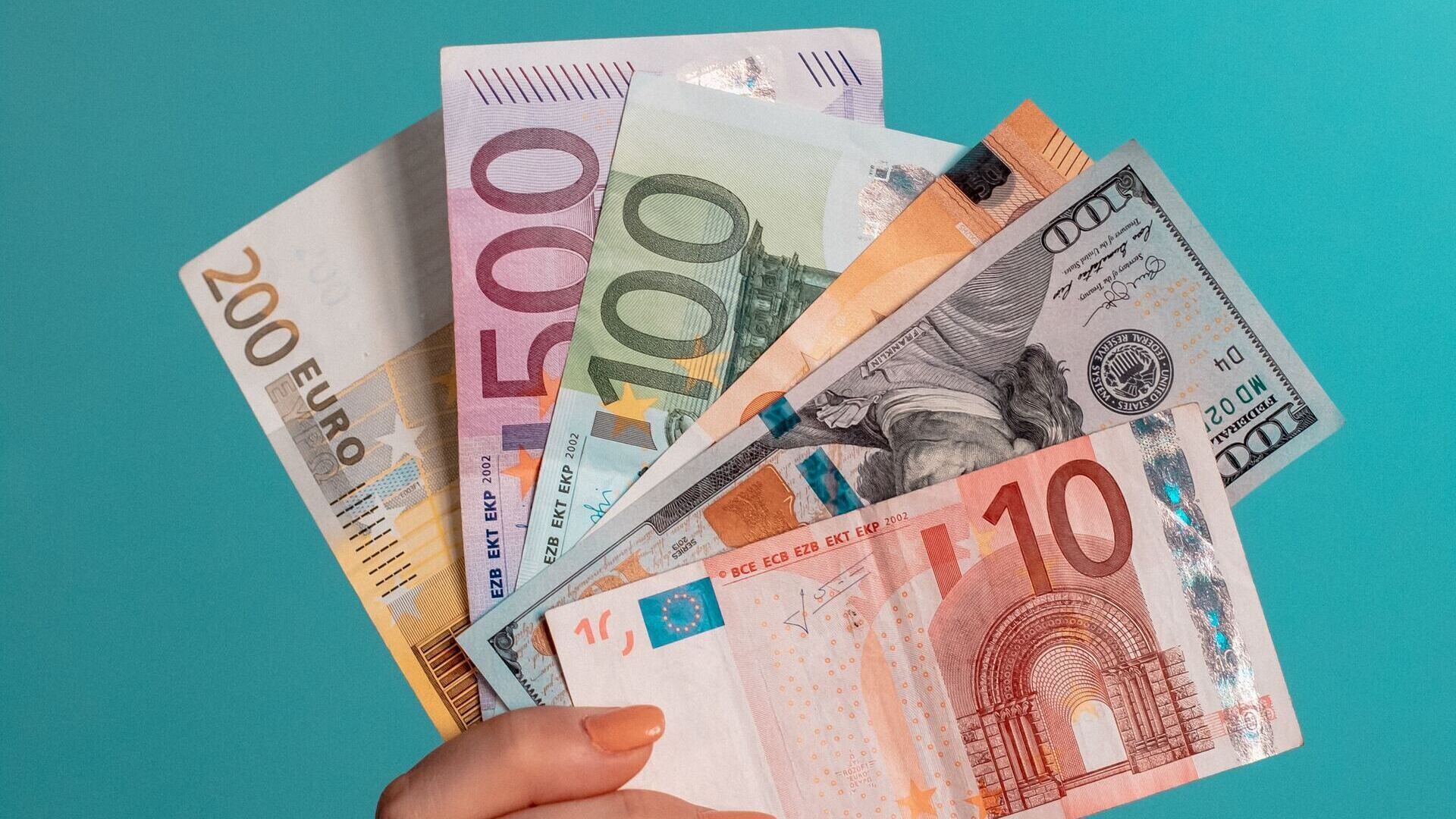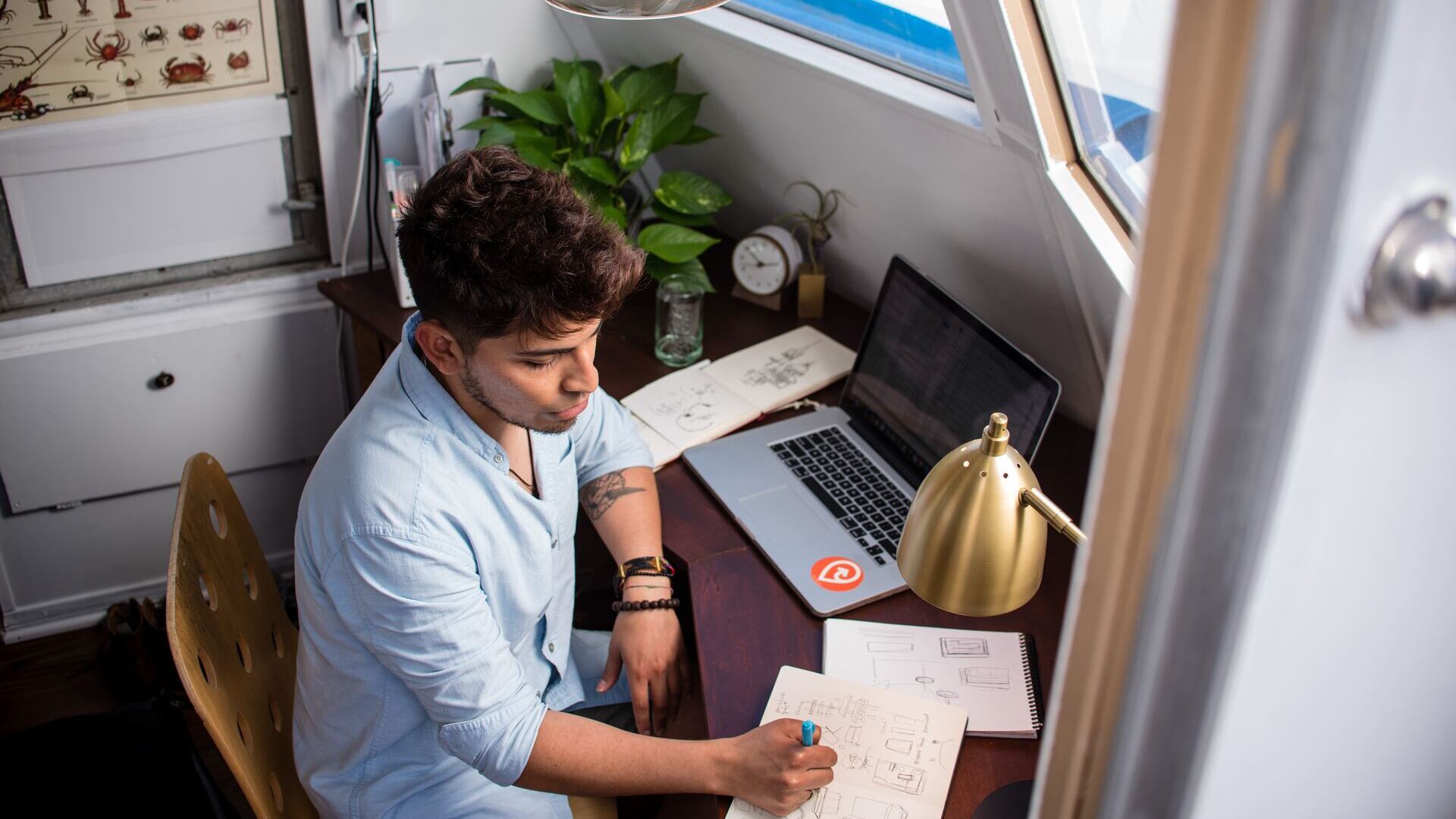
Eco-friendly products to buy in 2022
A short guide to buy eco-friendly products: which labels to look out for and how to get started.
Nothing brings a good cheer like knowing the products you use are supporting a better world for future generations. Whether the product is zero-waste or made with sustainable materials using fair trade practices, by using and giving eco-friendly products you can support people and our planet, and also encourage people around you to go green. Before we get to the products, let’s go over the terminology a bit as often they create confusion amongst consumers wanting to do the right thing.
While green and eco-friendly have similar meanings, green is broadly used to explain everything that benefits from the environment whereas eco-friendly is not so expansive meaning something that does not harm the planet. Zero waste products’ philosophy is to eliminate the generation of waste materials as well as conserve and recover natural resources. Plastic-free products on the other hand do not contain plastic, including disposable. Fairtrade describes a certification system ensuring that farmers are paid a minimum fair trade price for their goods. These kinds of products carry the Fairtrade mark and are independently audited across the entire supply chain. Sustainable products provide environmental, social and economic benefits while minimizing the impact on these systems throughout their entire life cycle to achieve sustainability. It is challenging to explicitly describe these terms as there is never a 100% perfect outcome, but I hope you were able to acquire some basic understanding now.
Did you know that according to National Geographic we use an estimated 5 trillion bags each year?! That is 160.000 bags per second. While less than 1% is recycled, an estimated 300 million plastic bags every year end up in the Atlantic Ocean alone creating serious consequences. By the year 2050, the world’s oceans could contain more plastic than fish measured by weight. The good news is that slowly but surely, pollution-causing disposable bags are phased out in the world, and those who are environmentally conscious are switching to reusable and washable bags that will stand the test of time. Since we are going to be using our reusable bags for many years we should also be looking good and stylish, right?
1. Canvas Tote Bags
These bags are so sturdy and durable. My favorite L.L.Beans that I have been using have handles to hold up to 225 kg because they were originally designed in 1944 in Maine to haul ice. They come in different sizes and colors and can be monogrammed with your or your loved ones’ initials. Remembering to bring them to the grocery store can be challenging so keep them rolled up in your bag or your car, or by the front door and don’t forget to wash them as carrying food in them over time can cause coliform bacteria.
2. Reusable Coffee Capsules
Another product I will recommend would be reusable coffee capsules. If you are a coffee addict like me who feels guilty about using 3-4 capsules a day to satisfy your habit you are not alone. The coffee capsule usage was already growing, but the pandemic and lockdowns accelerated their growth as consumers began brewing coffee at home thus opting out of a quick visit to the nearby coffee shop. The main issue with coffee pods is that they are often too small to recycle and the sorting system used in plants has trouble grabbing them up which means most end up in landfills, rivers, and ultimately oceans. If you live far from the pod drop-off center you will likely not want to be bothered to use your brand’s recycling scheme. Luckily, to combat these problems some major coffee companies came up with recyclable and refillable pods that are not thrown away after usage and can be cleaned and refilled on a daily basis. Clearly, there could be some cons as DIY pods can take a little work when it comes to filling the cup and perfecting your brew, but they are environment-friendly, helping divert countless plastic, single-use pods from ending in landfills.
3. Bamboo drinking straws
My daughter and I once saw a YouTube video of a fisherman cutting open a fish and showing its stomach full of plastic and we broke down in tears. At that moment we realized that it was time to take some action at least in our house to reduce the use of plastic straws. That’s when bamboo drinking straws came to the rescue – they are completely reusable, biodegradable, look cute, and are mostly handmade. For those who say the bamboo straws might have a grassy aftertaste, there are also stainless steel ones with bendable tips and a cleaning brush.
4. Eco-friendly Detergents
There are also ways to be eco-friendly when you are doing your laundry. The important thing to look at is the chemical ingredients and whether there is any sodium laureth sulfate (surfactant used in cleaning and personal care products to break water tension and attract dirt and grime away from the material it is intended to clean), phosphate, chlorine bleach or brighteners. These are the chemical ingredients that should not be in biodegradable detergents. The other thing to consider is the packaging that should ideally be plastic-free and compostable so it does not end up in a landfill. Also, consider using concentrated or powder laundry detergents because they have a lower carbon footprint due to the lower dosage ratio. Reducing the carbon print of your laundry is just a small step towards creating an environmentally friendly home but a giant leap towards making a difference in animal and plant life.
5. Organic Reusable Food Wraps
Another favorite kitchen product I personally like is the organic food wraps that can be used as an alternative to plastic wraps. These wraps are typically made from organic cotton, beeswax, and tree resin. They can be rinsed off and reused over and over again. Once done you can simply toss them in the compost.






